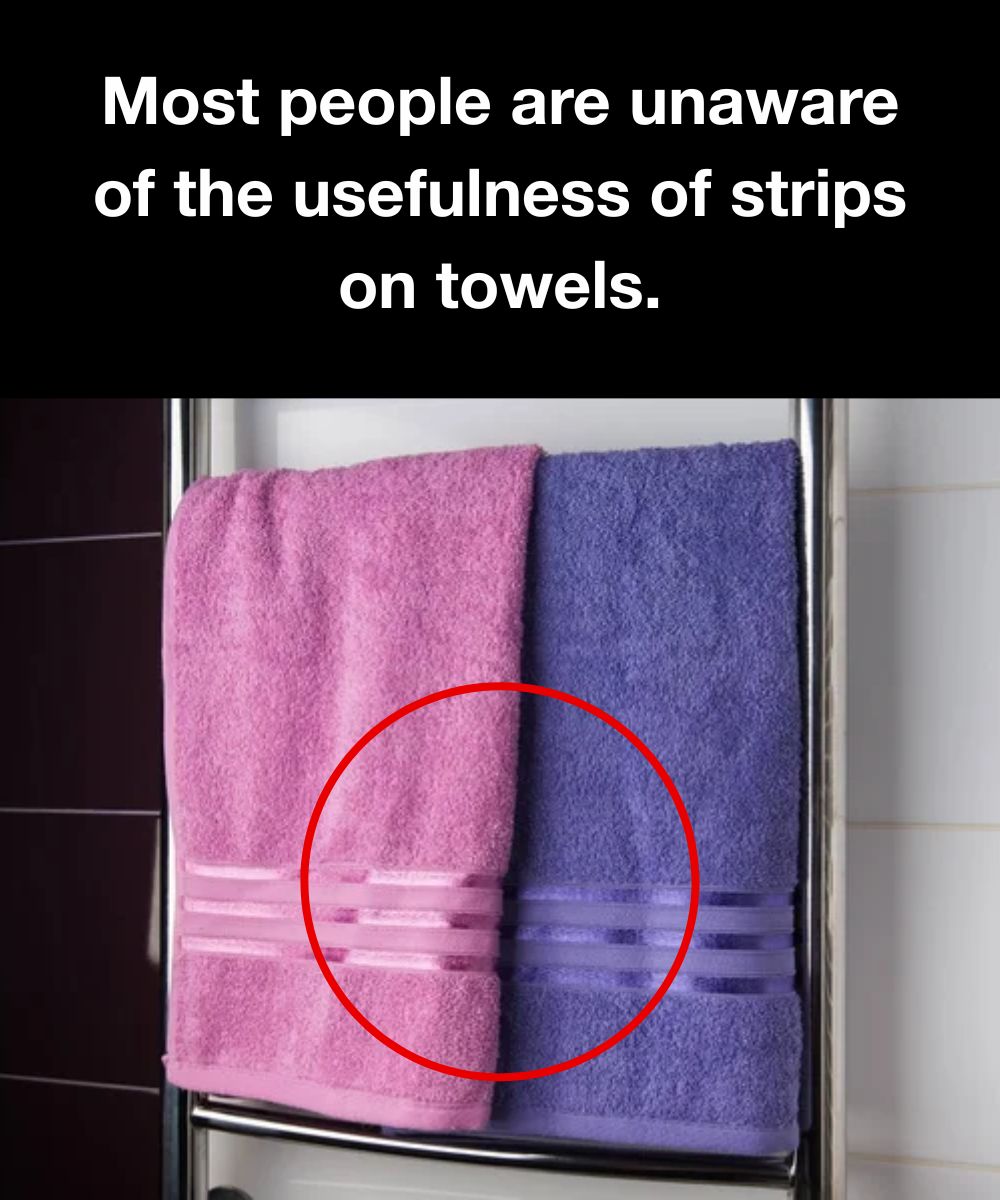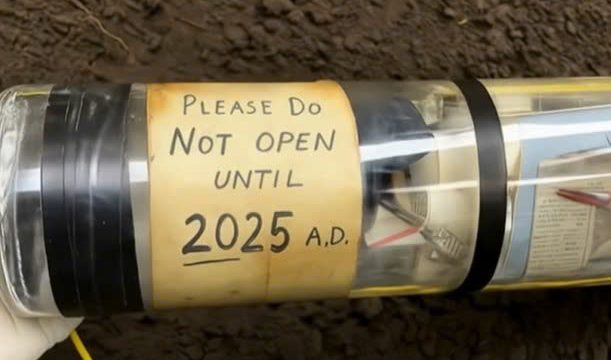Have you ever stayed at a hotel or visited a gym and noticed those faint stripes on their towels? At first glance, they may seem like a decorative design feature, added just to give a little flair to an otherwise plain white towel. But in reality, those stripes serve a very intentional and practical purpose—especially in places where laundry needs to be handled on a massive scale.

In commercial environments such as hotels, gyms, spas, and wellness centers, laundry staff are responsible for processing hundreds or even thousands of towels and linens every single day. When speed, efficiency, and accuracy are essential, those subtle stripes on towels become a simple but effective tool to streamline the workflow. Striped towels are more than a design choice—they’re a low-tech laundry hack that simplifies sorting, stacking, and organizing behind the scenes. One of the biggest challenges in commercial laundry operations is identifying and separating different towel types. With everything being white—washcloths, hand towels, bath towels, spa wraps, and pool towels—it can be nearly impossible to quickly tell which towel is which.
That’s why stripes are so useful. A thick vertical stripe near the edge might indicate a bath towel, while a thin horizontal line across the center could mark a hand towel. These subtle differences make a big impact, saving laundry workers the trouble of unfolding or measuring every single towel just to figure out where it belongs. In many places, stripes are even color-coded for specific uses. A gym, for example, might use blue-striped towels for the locker room and red-striped ones for wiping down equipment. A spa may assign one stripe style to facial towels and another to massage sheets.
These quick visual cues make it easier for staff to process loads faster, reduce sorting errors, and get clean towels back to their proper locations more efficiently. Once the towels come out of the dryer, they’re usually all mixed together in large bins. Without visual indicators, staff would need to sort towels manually by feeling the fabric or measuring the size. Stripes eliminate that guesswork, making sorting nearly automatic and saving valuable time. But the usefulness of stripes doesn’t stop at sorting. They’re also incredibly helpful when it comes to folding and stacking. In hotels and high-end spas, presentation matters. Towels need to be folded uniformly and stacked neatly on carts or in linen closets. Housekeepers are trained to maintain this visual consistency, and stripes act as a built-in guide to help fold towels evenly and align them in the same direction.
This ensures not only a clean, professional look but also speeds up room turnover and keeps operations flowing smoothly. What’s especially appealing about striped towels is how cost-effective they are. Unlike high-tech options like barcodes or RFID tags—which require scanners, tech support, and ongoing investment—stripes are a one-time, low-maintenance solution. They’re woven right into the towel’s fabric and are durable enough to withstand repeated washes without fading. Once added to a system, striped towels continue to provide value without any additional expense. And while this system is commonly used in large operations, it can be just as effective at home.
Families can assign different striped towels to each member to prevent mix-ups and make laundry day easier. Or you can use striped towels in different bathrooms to keep things organized and track usage. In shared households, it’s a great way to reduce confusion and encourage responsibility. Ultimately, striped towels are a prime example of functional design—something that may look purely aesthetic but actually serves a very real and helpful purpose. In fast-paced environments where time, cleanliness, and organization are crucial, these simple stripes help keep everything running like clockwork. So the next time you’re at a hotel or gym and spot a striped towel, take a second look. That little design feature is doing a lot more than you think. It’s not just about style—it’s about saving time, cutting down on mistakes, and making sure everything ends up exactly where it’s supposed to go. Sometimes, the smartest solutions are the simplest ones hiding in plain sight.





